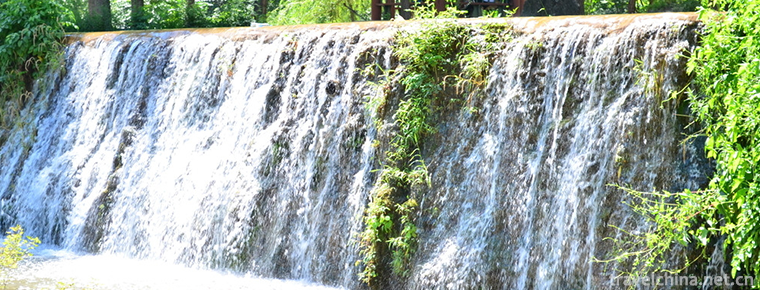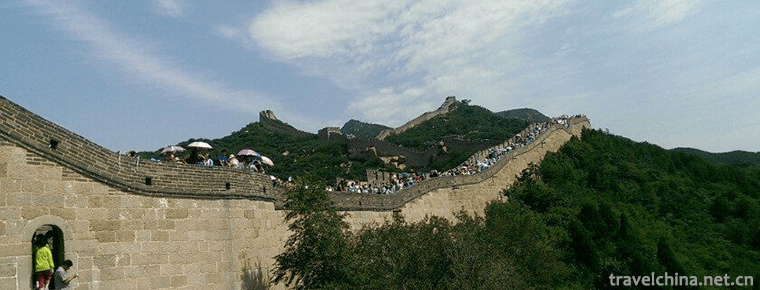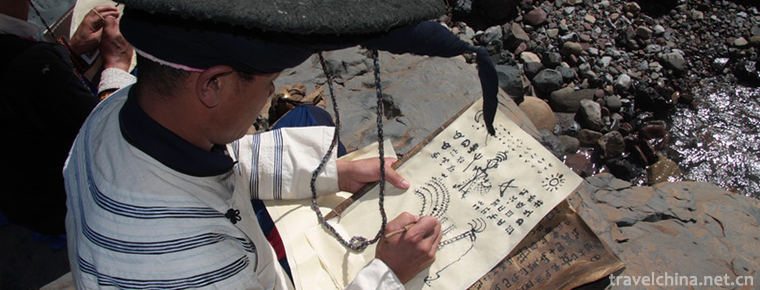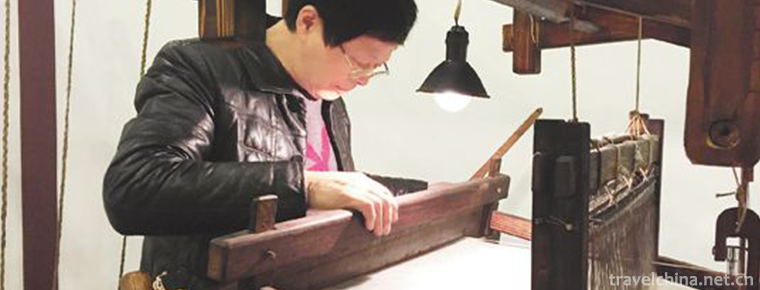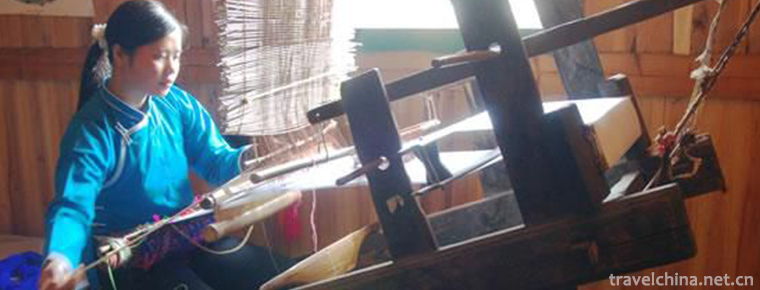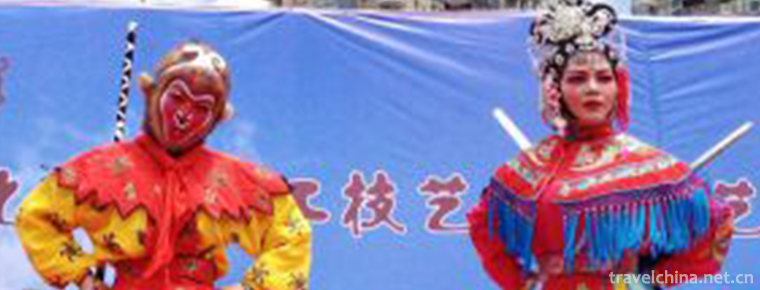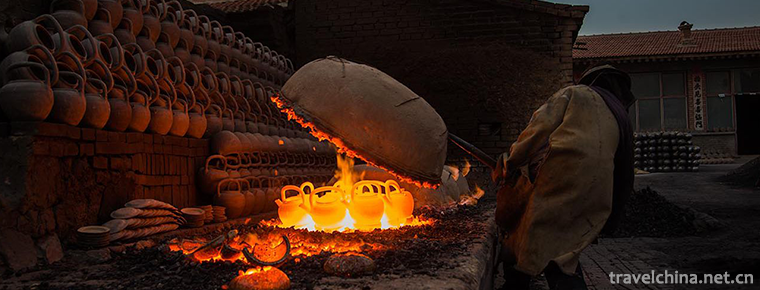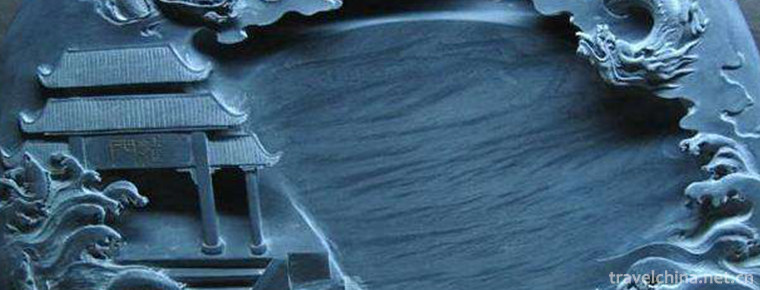Kazakh Dastan
Kazakh Dastan
Dastan is the main carrier of Kazakh folk culture. It is a folk rap art with a long history. Every Dastan has a complete story. All kinds of Kazakh folk culture are handed down from generation to generation through Dastan. "Dastan" originally means long narrative poems. From the 9th to 10th centuries, it was a literary form of folk dictation. The plot was complex and the length of the poem was long. A Dastan poem could be sung day and night. "Dastan" eulogizes the struggle spirit of Kazakh youth against oppression and freedom of marriage, which occupies an important position in the history of Kazakh literature.
On June 7, 2008, Kazakh Dastan was listed in the second batch of national intangible cultural heritage list with the approval of the State Council.
historical origin
Dastan is a Kazakh folk literature, mainly composed of Hessa and long narrative poems. Hesa is a special and important work in Kazakh folk long poems. It is created by adopting or drawing on foreign myths, legends and stories, and its content is close to the life of the Kazakh people.
Dastan, originally intended as a long narrative poem, is a folk oral literary form with complex plots and long length. A Dastan poem can be sung day and night. About the 9th to 10th centuries, the works of folk poets and singers have been singing and processing for a long time. They praise the struggle spirit of Kazakh youth against oppression and strive for freedom of marriage, which occupies an important position in the history of Kazakh literature. The person who is good at singing this kind of Dastan is called "Dastan Qi", a singer and poet with both singing skills and improvisational Lyric ability. According to statistics, there are more than 200 Kazakh Dastan literary works.
primary coverage
The person who is good at singing this kind of "Dastan" is called "Dastan Qi". Kazimu, a herdsman in Karen Village, Kuoke Agashi Township, Fuhai County, is the only old man who sings the largest number of Kazakh Dastan. Among more than 200 well-preserved Kazakh "Dastan", the old Kazakh can sing 104, which is known as a live record of Kazakh "Dastan".
"Dastan" is an ancient form of folk rap and singing of the Kazakh people, known as the "living fossil" of Kazakh history. Narrative poems, about the 9th and 10th centuries, are a form of folk oral literature. They have complex plots and long length. A Dastan poem can be sung day and night. "Dastan" eulogizes the struggle spirit of Kazakh youth against oppression and freedom of marriage, which occupies an important position in the history of Kazakh literature.
"Dastan" mainly consists of "Hessa" long poems and narrative long poems.
Hesa's long poems are a special and very important kind of works in the vast number of Kazakh folk long poems. The long Hesa poems are not only numerous, but also complicated in plot. Most of them are deeply influenced by Islam. Most of them are created by using or drawing lessons from foreign myths, legends and stories. At the same time, they are closely related to the life of their own nation, thus becoming a unique and important work in Kazakh long poems. The most influential and most important representative works of this kind in Kazakh nationality are Holkhart Ata (composed of 12 long poems), 40 Bartels in Crimea, 40 Stories of Peng Quail, 40 Prime Ministers, and The Legend of the Prophet (composed of more than 70 long poems, legends, stories, poems and articles). According to statistics, Kazakhs have more than 200 long poems of Hesa type.
Narrative poems are long narrative poems written in the history with the story content of native Kazakhs. Kazakh folk narrative long poems are very rich, which can be divided into heroic long poems, love long poems, historical long poems and so on. The earliest heroic poems were Alepamis in the 10th to 11th centuries, Kubland in the 11th to 12th centuries and Talgen in the 14th to 15th centuries. These long poems praise the heroes who fought bravely against the enemy in order to safeguard the security of the tribe. From the 17th to 18th centuries, the further awakening of national consciousness led to the emergence of a number of new long heroic poems, such as Shabambai and Janibek Bartel. Kuiz Kulpash and Bayan Sulu is the oldest love poem in Kazakhstan. This 30,000-line long poem was first formed in the 9th to 10th centuries and later refined by folk artists as an art treasure. Other well-known love poems include Gibec Girl, Eman and Cholepan, Saliha and Saman. These poems have a long history, complex plots, concise language, high artistic quality and strong appeal. These works are not only well known among the people of our nation, but also have great influence in other nationalities. Among the numerous love poems, there are abundant descriptions and materials related to Kazakh customs and national characteristics. Historic poems are mainly about tribal history and genealogy, such as Able.
basic feature
In the performance, it is mainly composed of solfeggio, or accompanied by traditional instruments such as Dongbula and Hobozi.
Dastan sings in a rhythmic manner, usually four, six or eight lines in each paragraph, with seven or eleven syllables in each line. There are many ways of rhyming: "Charles Wuyikas" is an interlaced rhyme, that is, one or three lines in one rhyme, two or four lines in another rhyme; "Harawing Wuyikas" is one, two or four lines in the same rhyme; "Kyrgyz Four lines are unlimited, and five, six and seven lines must rhyme with one, two and three lines, and so on. In addition, there are other forms. Various rhythms can be used in a long poem according to the need of expressing content.
First, the emergence and inheritance of Dastan depends on the performer's oral performance and professors, which is its external characteristics.
2. Dastan has a history of thousands of years since its formation. Poetry is relatively old. It can be divided into two categories: Hesa and Narrative Poetry, accompanied by Solfeggio or traditional musical instruments such as Dongbula and Hobozi, thus it has the characteristics of ancient primitiveness.
3. Dastan not only carries the history and culture of the nation, cultivates people's moral sentiments, but also vividly displays the national customs, which can better adapt to the appreciation habits and aesthetic sentiments of the masses. Therefore, it has the characteristics of people.
Fourth, the performance form is relatively single, forming a relatively fixed recital, but the performance content is rich, mostly to express love for nature, love for home, love for relatives and similar animals, prey, this is the most simple human feelings, at the same time, there are higher requirements for performance venues and performers, which is the traditional characteristics of the music.
Fifth, Dastan is not as complex and gorgeous as some poems, but shows a unique beauty of simplicity, primitiveness and simplicity, thus constituting the simplicity of modes and slabs.
Sixthly, it came into being in the production and life of Kazakhs, and along with the development of festival activities, it formed the dependence characteristics of folk customs.
7. Dastan and grassland folk literature coexist for a long time and develop independently. Therefore, it has coexistence characteristics.
Representative works
Works: Hessa-like long poems: Genghis Khan and Girenche, Ahasat, Forty Prime Ministers
Narrative poems: Tolegen and Kizibek, Faith to Yours, My Kazakhstan, Jettenbara, Kledan Batul, Girl Kibek, etc.
Protection status
In 2008, "Kazakh folk Dastan" was selected as the second batch of national intangible cultural heritage list projects, and Kazakh folk Dastan inheritors of intangible cultural heritage were awarded to Kazakh Mu. In order to protect this ancient folk culture, the local government set up a special department to protect Dastan artists. They recorded 104 Dastan songs that Hazimu could sing in words and recordings, and set up special bases and schools for Hazimu to recruit students to study Dastan.

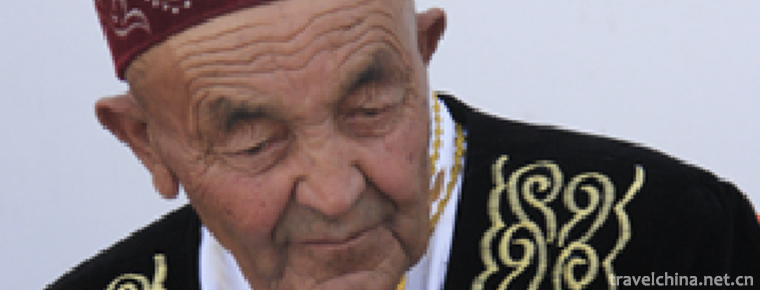
-
Huhu Water Eco Scenic Spot
Located in the southwestern edge of Pingshan County, Hebei Province, the old revolutionary area, the Biaoshui Eco-Scenic Spot has a tourist area of 11.5 square kilometers, an altitude of 800-1100 mete.
Views: 218 Time 2019-01-12 -
Legend of Badaling Great Wall
Badaling Great Wall legend is one of the traditional folk legends in Beijing. It is rooted in the folk and has prominent dialect characteristics. It combines romanticism and realism skillfully..
Views: 214 Time 2019-04-02 -
Bemo painting
Bimo Painting of the Yi Nationality is a kind of picture on paper or animal skin, bark, bamboo slips, stone, wooden boards and other carriers painted by Bimo, a priest of the Yi Nationality..
Views: 245 Time 2019-04-04 -
Brodo
Buyi Opera, a local traditional drama in Ceheng County, Guizhou Province, is one of the national intangible cultural heritage..
Views: 127 Time 2019-04-04 -
Silk Weaving Techniques
Silk weaving is a traditional Chinese handicraft with a long history. It consists of four parts: Yuhang Qingshui silk sponge production technology, Hangluo weaving technology.
Views: 166 Time 2019-04-04 -
Dong Brocade Weaving Techniques
Dong brocade weaving technology, the traditional handicraft of Tongtong Dong Autonomous County in Hunan Province, is one of the national intangible cultural heritage..
Views: 152 Time 2019-04-27 -
Huizhou three carving
The three carvings in Huizhou are a kind of local traditional carving art. They refer to three kinds of local traditional carving crafts, i.e. wood carving, stone carving and brick carving, .
Views: 144 Time 2019-05-04 -
Making Techniques of Lanzhou Yellow River Waterwheel
Lanzhou Yellow River waterwheel production technology, Lanzhou City, Gansu Province, local traditional handicraft, one of the national intangible cultural heritage..
Views: 330 Time 2019-05-10 -
Suzhou opera
On June 7, 2008, Hangzhou and Shaoxing City of Zhejiang Province jointly declared "Spring Spring Spring Spring Packing" which was approved by the State Council to be included in the second b.
Views: 389 Time 2019-06-18 -
Pottery Firing Techniques
Pottery refers to the clay as the body, processed and shaped by hand, wheel system, moulding and other methods, and baked at high temperature of 1000-1200 degrees or so. The production process of pott.
Views: 157 Time 2019-06-18 -
Inkstone making skills
Inkstone making skills, local traditional handmade inkstone making skills in Shexian County of Anhui Province and Wuyuan County of Jiangxi Province, is one of the national intangible cultural heritage.
Views: 140 Time 2019-07-01 -
Capital Institute of Physical Education
Capital Institute of Physical Education is a sports class in Beijing. Ordinary universities Located on Beijing City Haidian District, West Zhongguancun Science Park District, east of Yan Mu scenic are.
Views: 328 Time 2019-11-24
